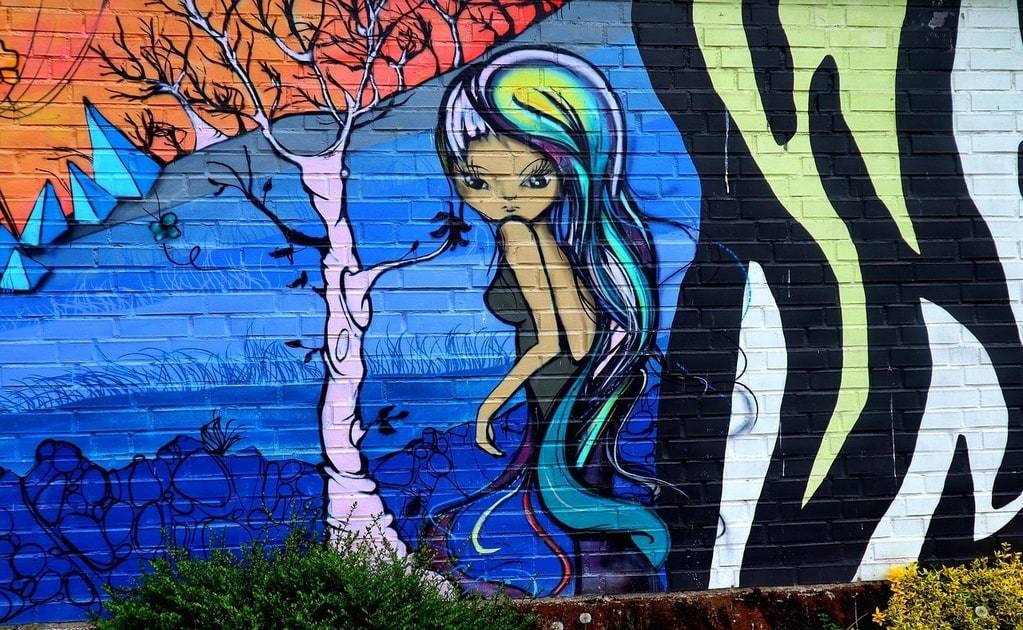Design has become an integral part of modern culture, influencing everything from fashion and technology to architecture and communication. As a visual language, design shapes perceptions and defines the aesthetic standards of our daily experiences. Its impact is felt in almost every aspect of society, making it a powerful tool for both expression and functionality.
The role of design in shaping contemporary society
Design is no longer confined to art studios or specialized fields—it permeates the very fabric of contemporary society. The seamless integration of design in technology, from the sleek appearance of smartphones to the intuitive interfaces of apps, demonstrates how deeply intertwined design has become with daily life. The way products look, how they feel in the hands, and the emotions they evoke upon first glance all stem from deliberate design choices. This has led to a society that not only values functionality but also seeks out aesthetic pleasure in ordinary objects.
In fashion, design dictates trends and influences how people perceive themselves and others. Clothing styles are not just garments but statements that communicate identity, values, and even social status. Similarly, architectural design has evolved to redefine urban landscapes. Buildings and public spaces are now conceived with an emphasis on sustainability, innovation, and human interaction. These advancements shape the experience of living, working, and socializing in modern cities.

Design as a vehicle for innovation
Modern design is not merely about aesthetics; it also drives innovation. Companies are investing more in creative design solutions to address global challenges, such as environmental sustainability and accessibility. The design of electric cars, for example, not only considers their environmental impact but also strives to create a desirable image that encourages adoption by the public. Similarly, ergonomic furniture design aims to improve the comfort and well-being of users, making workspaces more productive and enjoyable.
Innovation in design also manifests in digital spaces. Websites, apps, and software interfaces are crafted to provide seamless user experiences that are both engaging and functional. These digital designs prioritize clarity, ease of navigation, and visual appeal, which enhance user satisfaction and encourage continued interaction.
How design reflects cultural values
Design serves as a mirror of cultural values and societal norms. In modern culture, minimalism and simplicity have become popular design principles, reflecting a desire for clarity and focus amidst the complexities of everyday life. The prevalence of these styles in everything from home décor to user interfaces suggests a cultural shift towards efficiency and mindfulness.
In contrast, maximalist design, characterized by bold colors and eclectic patterns, can also be seen in various industries. This approach, often associated with the expression of individuality and creativity, resonates with those who view design as a means of personal storytelling. Whether minimalist or maximalist, each design trend speaks to broader cultural narratives about what is valued and considered beautiful.
The influence of technology on design trends
The rapid advancement of technology has transformed the possibilities of what design can achieve. With tools like 3D printing, virtual reality, and AI-driven modeling, designers now have unprecedented freedom to experiment and push the boundaries of their craft. These technologies enable more intricate and customized creations, leading to a new wave of designs that were previously unimaginable.
Technology also impacts design consumption. Social media platforms such as Instagram and Pinterest have become key spaces for sharing and discovering design inspiration. As a result, trends can spread quickly, influencing design choices across the world. This interconnectedness means that local design elements often gain global recognition, creating a fusion of styles that enriches modern culture.
The transformative power of design in business
Businesses recognize that design is not just about aesthetics—it is a strategic tool for building brand identity and differentiation. Effective design can transform an ordinary product into a desirable object, adding perceived value and driving consumer loyalty. In industries like tech, automotive, and fashion, the aesthetic and functional aspects of design play a decisive role in consumer choice.
The impact of design extends beyond products to include services and brand experiences. Companies are now investing in service design to enhance customer interactions and create memorable experiences. From the layout of retail stores to the packaging of products, every detail is carefully designed to evoke specific emotions and reinforce brand values.
Key elements in the evolution of design
As design continues to evolve, several elements have become central to its development :
- Sustainability: many designers are prioritizing eco-friendly materials and processes to reduce environmental impact.
- Inclusivity: inclusive design ensures that products and services are accessible to diverse populations, addressing the needs of people with varying abilities.
- Digitalization: digital tools and platforms have expanded the possibilities for creativity, allowing for new types of interactions and experiences.
Each of these elements contributes to the broader influence of design in shaping the future of modern culture. The ongoing evolution of design reflects a society that is increasingly conscious of the intersection between aesthetics, functionality, and ethical considerations.
Design’s lasting impact on modern culture
Design, in its many forms, continues to shape modern culture in profound ways. It influences the way people interact with technology, perceive their surroundings, and express their identities. As new trends and innovations emerge, design will remain a dynamic force, reflecting the ever-changing values and aspirations of society.
By understanding the influence of design on modern culture, it becomes clear that design is much more than a visual art—it is a language that communicates, inspires, and transforms. Its presence in everyday life is a testament to its power to shape not only objects but also ideas and experiences.
